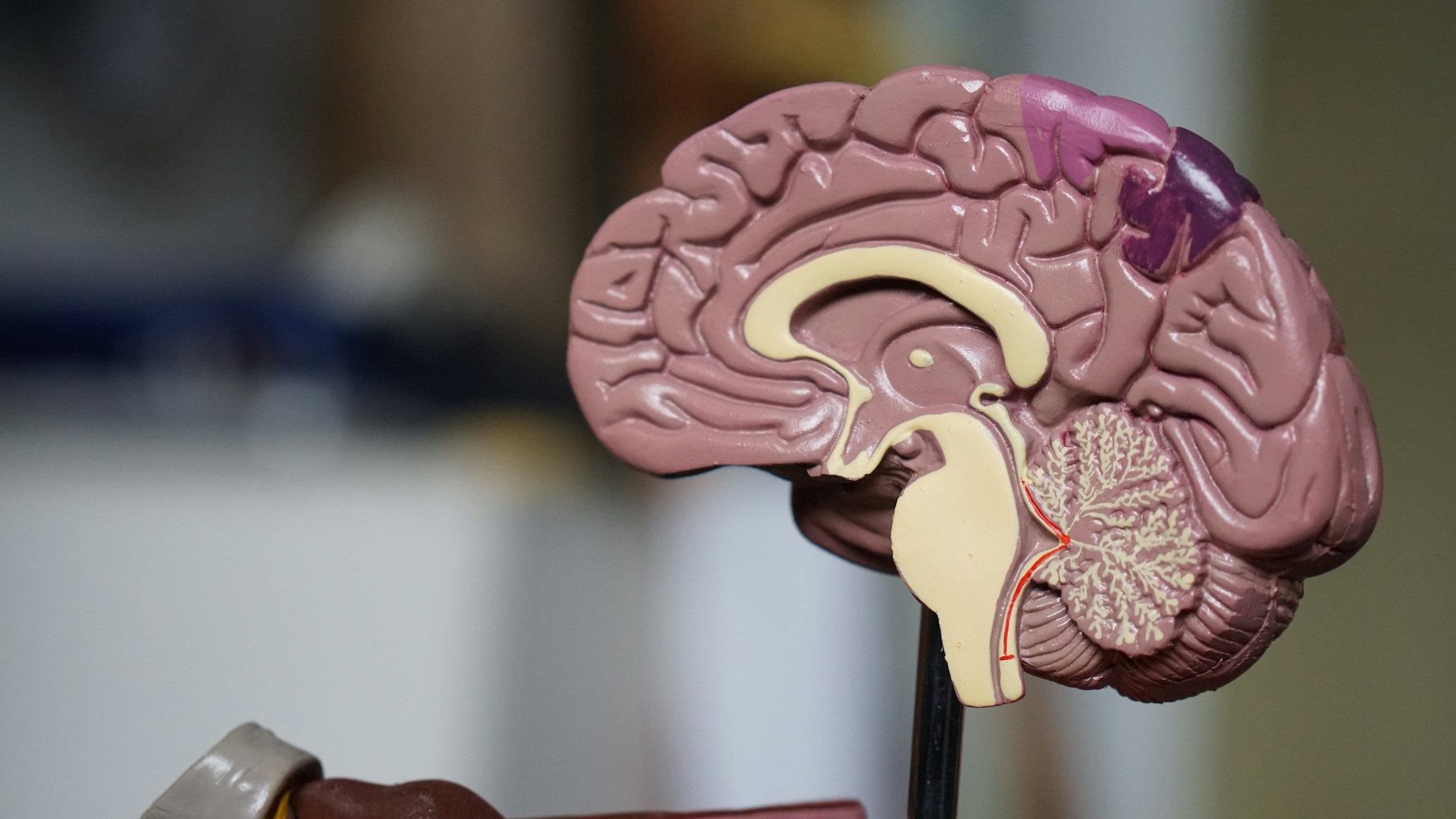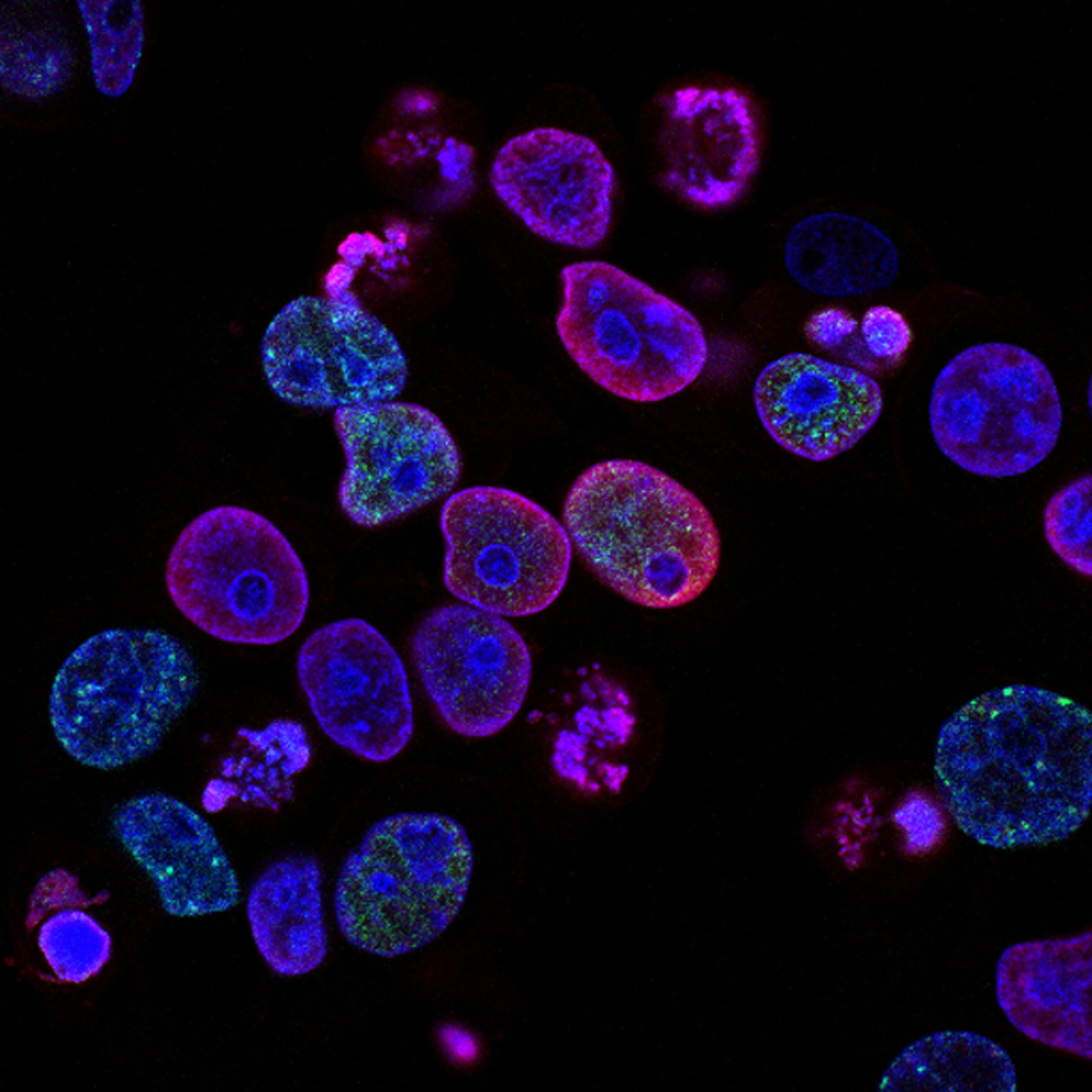The Mind's Blueprint: How Your Brain Builds Your Reality
A Welcome to the Frontier of Predictive Perception
Welcome, curious minds! As the chairperson of the Institute for Cognitive Exploration, it is my immense pleasure to invite you on a journey into the most complex object in the known universe: the human brain.
For centuries, we've asked a deceptively simple question: how do we perceive the world around us? The classic answer was that our senses are passive receivers, like microphones and cameras, sending raw data to the brain to be processed into a picture of reality. But prepare to have that notion turned upside down. Cutting-edge neuroscience suggests your brain is not a passive receiver but an active, relentless predictor. Your experience of the world right now is not a direct feed from your eyes and ears—it is a sophisticated, real-time simulation, a best guess constructed by your brain. This article will explore the revolutionary theory of the "predictive brain," a concept that is fundamentally changing our understanding of consciousness itself.
The Theory: Your Brain as a Fortune Teller
The leading theory we'll explore is called Predictive Processing or the Predictive Coding framework. Its core idea is elegant and powerful: to avoid being overwhelmed by the constant, chaotic barrage of sensory data, the brain must predict what it will encounter next.
Think of it like this: your brain is constantly running a massive, multi-layered simulation of the world. This simulation is built from your lifetime of past experiences (your brain's "model" of how the world works). It uses this model to generate predictions about what you should see, hear, and feel in every moment.
These predictions travel down from higher brain regions to the sensory areas. When incoming sensory data arrives from your eyes and ears, it is compared against these predictions. If the data matches the prediction (you see the coffee cup exactly where your brain predicted it would be), everything flows smoothly. You experience this as seamless perception.

What is Prediction Error?
Prediction error is the difference between what your brain expected and what it actually received from your senses. This error signal is crucial for learning and updating your brain's model of the world.
But what if there's a mismatch? This is where the magic happens. A mismatch generates a "prediction error"—the difference between what your brain expected and what it actually got. This error signal is then sent up the neural hierarchy. Your brain can then do one of two things:
- Update its model: It can learn from the error and adjust its future predictions ("Ah, that shadow was actually a cat!").
- Act to change the sensory input: It can command your body to move to resolve the error (you lean closer to get a better look, making the sensory input match the prediction).
In this framework, what we consciously "perceive" is the brain's top-down prediction, not the bottom-up sensory data. We live in a world of our brain's own making, constantly fine-tuned by the whispers of our senses.
A Key Experiment: The Hollow Mask Illusion
This theory isn't just philosophical speculation; it's rigorously tested in labs worldwide. One of the most compelling and simple experiments that demonstrates predictive processing is the study of the Hollow Face Illusion.
Methodology: A Simple Set-Up with Profound Implications
The experiment is elegantly simple and can even be tried at home:
- Stimulus: A hollow mask of a face (like the inside of a plastic mask) is placed on a rotating platform. The mask is lit from the front to enhance the depth cues.
- Participants: A group of subjects, including both neurotypical individuals and a key comparative group—patients with schizophrenia, a condition some theories link to faulty predictive processing.
- Procedure: The mask is slowly rotated 360 degrees. As it turns, the concave (hollow) side and the convex (normal) side are presented to the participant.
- Task: Participants are asked to describe what they see. Specifically, researchers note the point at which the perception of the mask "flips" from a normal face to a hollow one, and vice-versa.


Results and Analysis: When Prediction Overpowers Sensation
The results are startling and reveal the brute force of the brain's predictions:
- Neurotypical Observers: Overwhelmingly, they report seeing the hollow mask as a normal, convex face, even when it's rotating and they know it's hollow. Their brain's prediction that "faces are convex" is so strong and efficient that it completely overrides the conflicting sensory data about shading and depth. The prediction error is explained away. The brain essentially says, "The lighting must be weird," rather than, "My fundamental model of faces is wrong."
- Observers with Schizophrenia: A significant portion of individuals with schizophrenia are immune to this illusion. They are more likely to correctly perceive the mask as hollow. This supports the theory that their condition may involve an impairment in generating or weighting these top-down predictions, causing them to be more guided by the raw sensory data (the bottom-up input).
"This experiment provides powerful, tangible evidence that perception is not a direct reflection of sensory input. It demonstrates that the brain applies a lifetime of prior knowledge as a primary filter for experience."
Data Visualization
Susceptibility to the Hollow Mask Illusion
Data showing how strong prior predictions dominate perception in neurotypical adults.
Brain Activity During the Illusion
Neuroimaging data confirms prediction areas are highly active during the illusion.
Detailed Data Tables
| Participant Group | % Reporting Illusion | Average Rotation Angle Before "Flip" |
|---|---|---|
| Neurotypical Adults | 98% | 142° |
| Adults with Schizophrenia | 35% | 65° |
| Young Children (3-5 yrs) | 40% | 78° |
| Condition | Effect on Illusion Strength | Explanation |
|---|---|---|
| Inverted Mask | Greatly Reduced | Disrupts the brain's specialized model for upright faces. |
| Non-Face Object (e.g., Hollow Cup) | Reduced | The brain has a weaker prior model for the convexity of cups. |
| Viewing in Dim Light | Reduced | Removes depth cues, weakening the sensory conflict. |
The Scientist's Toolkit: Deconstructing Perception
To study the predictive brain, researchers rely on a suite of sophisticated tools and concepts. Here are some key "reagents" in this experimental kit:
fMRI
Functional Magnetic Resonance Imaging
Measures brain activity by detecting changes in blood flow. Identifies which brain regions are active when generating predictions.
EEG
Electroencephalography
Records electrical activity of the brain via electrodes on the scalp. Provides millisecond-level timing data.
Computational Modelling
Creating mathematical simulations of brain processes. Allows testing precise theories of prediction generation.
Conclusion: A New Way of Seeing Ourselves
The theory of the predictive brain is more than a neat trick of perception; it is a profound new paradigm for understanding the human experience. It suggests that our reality is a personalized construction, shaped by our unique history of predictions and errors. It touches everything from why we enjoy music (we predict the next note) and why we fall for optical illusions, to how we might better understand psychiatric conditions where this predictive system may go awry.
As your chairperson, my hope is that this glimpse into your brain's incredible predictive machinery leaves you with a sense of wonder—not just for the science, but for the daily miracle of your own conscious experience. You are not just a passenger in your head; you are the architect, constantly building the world you perceive. Welcome to the conversation. The future of understanding the mind is bright, and it is predictive.